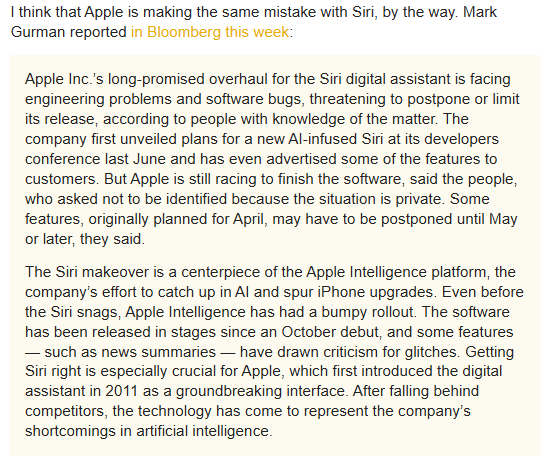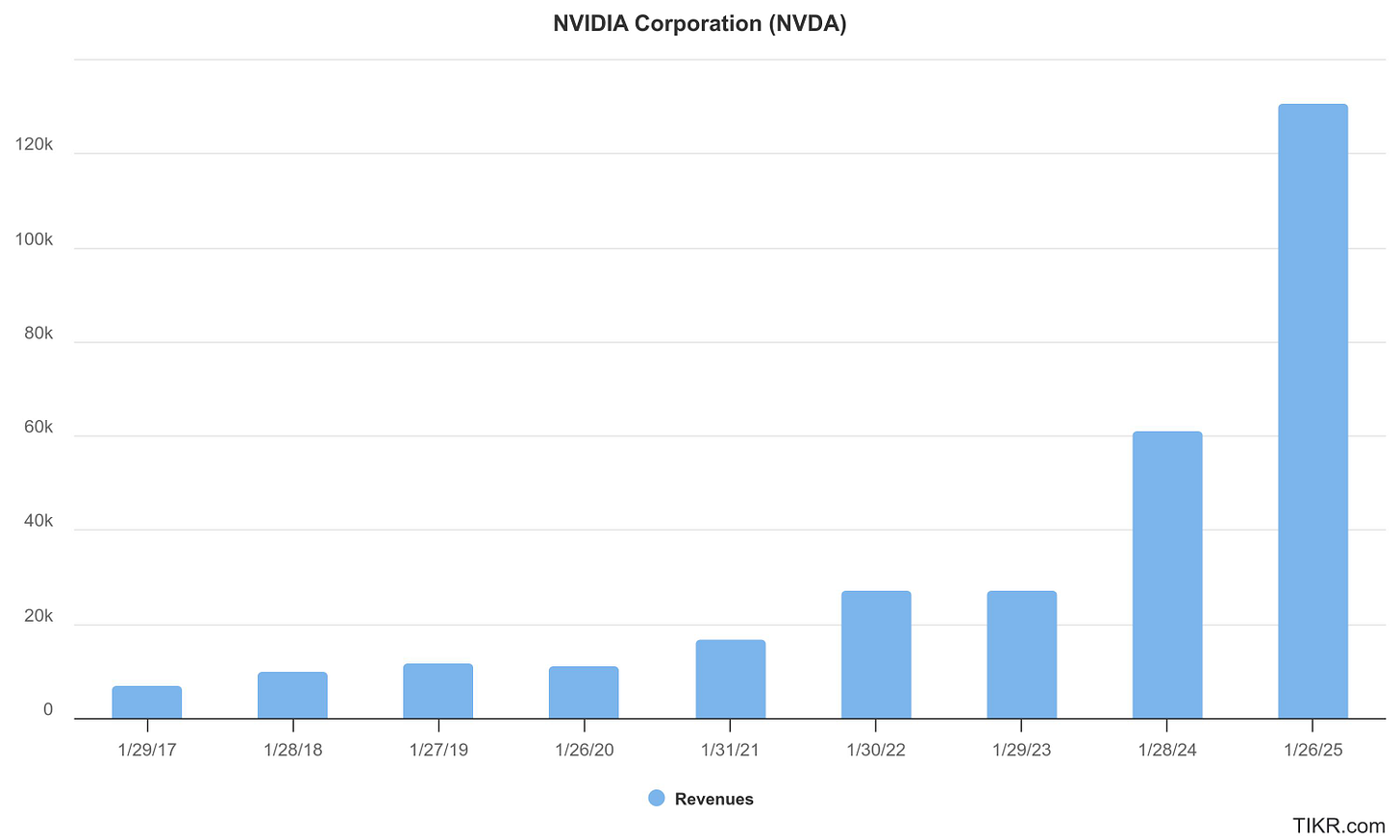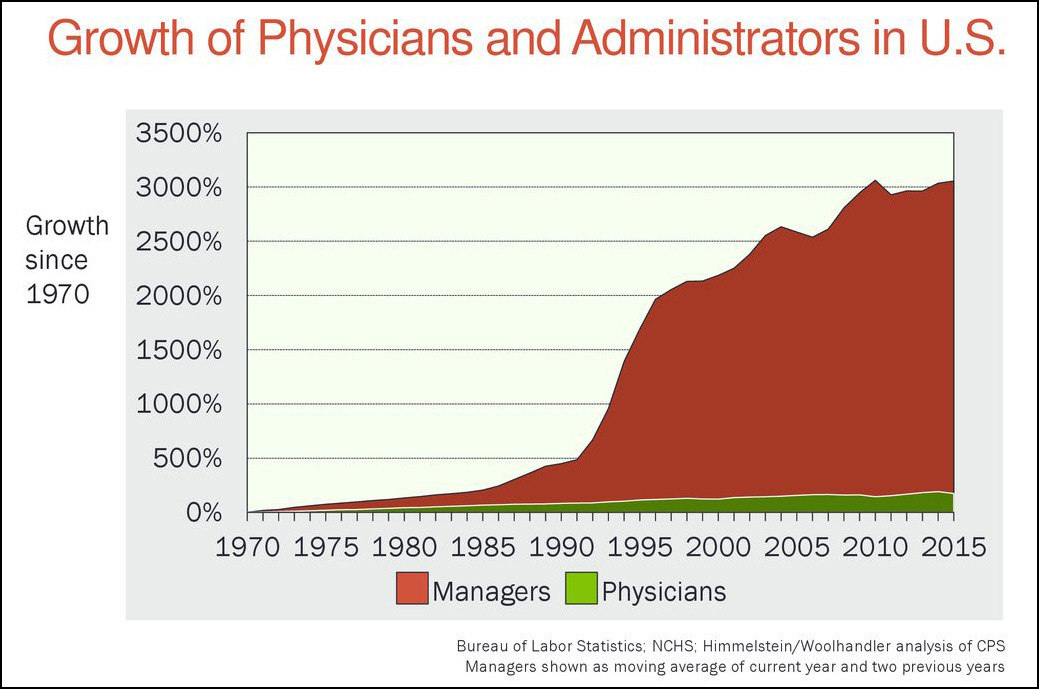Google vs. LLMs = Facebook vs. TikTok? Apple intelligence delay is bullish for Apple; Deflation is coming
Google vs. LLMs rhymes with Meta vs. TikTok
The narrative that drove Meta’s stock down 70% in 2022 was that Apple’s privacy measures would kneecap Meta’s ability to serve ads, AND that TikTok had completely captured the next generation - thereby effectively neutering any potential user growth in the future - and worse still - would start to suck away users and total user time. Investors also feared that if TikTok could make a killer algorithm that drew people away from Meta’s properties - so could someone else…
Meta’s moat wasn’t what people thought it was…
My own usage of Google is down probably 95% since LLMs came out. But, the 5% of stuff I still do on google probably represents almost 100% of the stuff I do that would generate revenue and ad-clicks (e.g. buying a plane ticket). I do believe LLMs are a threat to Google (just as I have always believed that TikTok is as formidable competitor to Meta as any), and it is obviously a very bad thing that hundreds of millions of people are now associating LLMs with being the best place to find information. Google’s motto since its founding has been: “Organize the world’s information and make it accessible”. 12 Links and a wiki page are a laughable solution to most of what I need to research these days when compared to LLMs like Claude and ChatGPT (and more recently Grok).
Fast forward a few years and the TikTok threat isn’t talked about anymore. Usage on Meta’s properties has increased (as have user counts) - in large part thanks to their adopting TikTok’s short-form video product and distributing it across their user base (which accounts for ~2/3 of non-Chinese ON EARTH!). Short-form video dramatically expanded the TAM for advertising, and with the benefit of hindsight it was a wonderful thing that TikTok showed Meta how large of an opportunity there was in short-form video.
I believe the same thing is going to happen at Google. LLMs are going to DRAMATICALLY expand the TAM for digital advertising. Remember, the value of a digital ad is directly proportional to its ability to influence an action (e.g. a purchase decision).
If you think it’s creepy how much data companies have about you today - just imagine how much data they’re going to have about you after you spend all day having conversations with them about your health, interests, relationship struggles, etc…This data will make the ad space (volume) increase because you will be spending more time on the service - and it will also make the value per ad delivered be higher because of improved targeting.
Remember - ONLY the companies who own operating systems can deliver the an AI product that has the agency to control your device. This is a big deal. This is the only deal that matters. It is a “get out of jail free card” they can use at any time to render competitors instantaneously obsolete. This is why Apple isn’t worried about getting behind in the AI race. They don’t need to own any intelligence themselves - they just need to control the distribution and be the only company that can connect the intelligence to their operating system.
Apple delaying their intelligence offering is bullish
This tweet got 6.9 million views and counting:
The entire internet exploded with people claiming that Apple’s end is near because they’re “falling so far behind on AI”. On March 4th, I published this rebuttal on X:
My take on Apple delaying "New Siri" until 2027: It's actually bullish.
It indicates that Apple realizes what the "killer app" is. I've been saying publicly since early 2023 that the killer app for LLMs was something integrated into the OS, capable of communicating with all apps as if it is a "new GUI component", and which has zero latency.
Something which can have a human-equivalent conversation with you about your email, do your shopping, change settings on the phone, and even help you make a graphic for a presentation you are working on...
Piecing it together, I've predicted that this would only be possible in the late 2027/2028 (for mobile devices) timeframe due not only to software features that need to be figured out (e.g. dynamic caching), but also because hardware needs to get upgraded (especially more memory) to make this a seamless, "Apple quality" experience.
Apple went so hard after Facebook over "privacy" because at the time - Facebook had become the number one determiner of what apps got downloaded on the app store. Apple had less influence than Facebook did about how people used their own phone. This terrified them and they had to put an end to it. This is the true reason they invented their "privacy" campaign.
It was the only way to go hard after Facebook without triggering anti-trust investigations. LLMs have the opportunity to do the exact same thing that Facebook was doing - and Apple probably (almost certainly) knows this. However, Apple also knows it can sweep in with its own LLM that will be a 10X better user experience than anything else whenever it wants to b/c their version will be connected to the OS and all of the apps - something no other LLM will be able to do.
If you've used LLMs as much as I have, then you can probably already intuit what an insane leap it would be to have one of them just watching your screen at all times, listening to what you say at all times, etc. It would eliminate the need for uploading documents, prompting, having different chats, etc...It would just automatically be caching all of the recent activity at all times - ready to jump in wherever necessary.
This is where things are going, Google has already announced a screen share feature. Apple is just doing what Apple always does - waiting until it can launch the "killer app" that changes everything.
Ben Thompson is one of my favorite people and definitely the world’s best tech analyst. Everyone should subscribe to his newsletter. The below comes from his post on march 5th (one day after I posted my rebuttal) - he basically agrees with my take :)
To summarize, Ben believes the risk to Apple of moving too quickly around intelligence outweighs the potential benefits. This fits nicely with my commentary above. The killer app isn’t technically feasible to build yet - but when it is Apple will immediately be able to own it - no matter what other companies have been building in the mean time.
Google is in a similar position with its 4 billion Android devices, as is Microsoft with it’s 1.6 billion windows PCs.
DEFLATION IS COMING
In high school (a charter school for math + science) I remember executives from Fortune 500 companies coming to my school to ask some of our young tech geniuses for help on their corporate websites. That’s how new things were in the early days of the internet. And boy did they cost a lot…
Were you to try and launch an ecommerce company back when Amazon was getting started your budget would have looked something like the following:
Planning and Expertise: $10k+
You needed to register trademarks, incorporate, write an operating agreement, draft ancillary docs (e.g. terms of service, return policies, etc)
Technology and Software: $15,000+
Upfront hardware costs for servers: $5,000-$20,000
Operating system (Windows NT) $500-$1,000
Web Servers (Microsoft IIS) $500-$2,000
Oracle database server license ($5,000-$20,000)
Payment Setup ($500-$2,000)
Website Development: $25,000+
A site with product catalog, shopping cart, checkout would cost $20,000 minimum
$2,000-$10,000 to create marketing content
Total costs of $50k + $50k per year ongoing…
Ongoing operational costs were probably $50k+ per year just for technical expertise. Now compare that to where we are today. I’m going to use real figures b/c I just so happened to have started a new ecommerce company recently.
Planning and Expertise: ~$500
You can get an operating agreement drafted by LegalZoom (or at this point an LLM) for $100; you can teach yourself to file trademarks with an LLM for $350; ancillary docs are available for free online
Technology and Software: $0
$300 for a Shopify template
$10ish for Google Workspace account per user per month
Website Development: $1,500
We had someone help us out for no charge, but she’s very talented and if we would have paid her by the hour it probably would have been around this
Ongoing operational costs are just the Workspace account, and our subscriptions to Shopify and Canva ($45.00 per month).
Total costs: $2,000 + $540 per year ongoing…
There were also soft costs in the 1990s that don’t exist today. For example, the number of people who had the expertise to set up an Oracle database was extremely limited. If something broke it would have been more expensive and time consuming to fix. The only way to guarantee very little downtime would have been to have someone on staff full time. Today Shopify delivers 99.99%→99.999% uptime (4-5 nines).
Another example is legal expertise. Back in the 1990s if you needed a new wholesale agreement drafted it would have cost thousands of dollars. Today you can find countless examples online or just use ChatGPT to draft one.
Collectively, this represents approximately 97.5% cost deflation over the past 30 years.
I personally know multiple people running multi-million dollar ecommerce companies with a handful of people.
This deflation has been caused by advances in both software and hardware (Wordpress and Shopify // AWS, Azure, GCP).
Incredibly, we’re still deflating! Consider the following: what will happen when AI can write the copy, make the creative, a/b test the ad campaign, etc…?
Did you know this is already happening with the latest versions of Meta’s marketing tools? The primary driver of deflation today is the plummeting costs of generating tokens (a reasonable analogy for the cost of using AI):
Since ChatGPT launched, the cost of “creating” AI has fallen by 99.6% - meanwhile it has added 3-4 standard deviations of intelligence. Combine the two and you have a ~500 to 1,000 X improvement in cost per unit of intelligence.
What happens when artificial intelligence gets a body?
Let’s look at the costs to build a house today…
Raw Materials: 40-50% of total cost
Lumber / Concrete / Roofing / Windows / Doors / Finishes
Labor: 30-40%
Carpenters, electricians, plumbers, masons, roofers, GCs
Other Costs: 20-30%
Permits, architect fees, land prep, equipment rental, builder profit
For a $300k house this could break down to:
Raw Material: $150,000
Labor: $90,000
Other Costs: $60,000
What would happen if just half of the labor costs were removed via automation? We’d see a 15% decrease in build costs. Shelter makes up 35-36% of the CPI. If construction costs were to drop 15% inflation would be gone forever. And, don’t forget that labor makes up a material portion of the costs of the raw materials (both from harvesting + storage + transport).
The same thing that has happened to LLMs and generative AI is going to happen to robotics (humanoid + other). For reference, here is Nvidia’s revenue over the past 8 years:

And here is what is expected to happen between now and 2030 (the red line starts where the first chart ends):
The total addressable market for machines with human dexterity and human intelligence will be effectively unlimited.
If it’s done on a computer - it will be automated…
White collar work will probably end up coming under attack even more quickly (and arguably already has according to revenue per employee metrics). This chart shows the growth of administrators vs. doctors from 1970 to 2015.
What percent of these jobs can be automated? The answer is obviously most of them - or at the least automation will enable one person to do 10X the work they were doing before.
This year we’ve gotten two different announcements about tech giants releasing products that enable a person to “screen share” with an AI. I already use AI to do many things I never would have been able to do before - like set up web domains (I’m not a technical person), migrate enormous QuickBooks files with 75k lines, and set up complex cap table conversion formulas in Excel to get around the recursive reference issue that always shows up when a million different notes with different terms are being converted at the same time and language is ambiguous on order…
In each of the above examples - the way I went about it was to take a screen shot of my computer and then ask the AI what to do. In many cases the instructions were complex enough that I started telling it: “Provide me step-by-step explicit instructions, one instruction at a time, and wait for me to ask to go on to the next step”.
The AI was able to look at the image and tell me exactly what to click on, what to type where, and how to test if it was working along the way (so that we didn’t get to the end of a process and miss something that broke everything we had done).
The next step is screen sharing. The step after that is giving the AI access to the operating system so that it can just do the work for you. It can click on the files, write the excel formulas, etc…How long will it be before we start seeing demos of this primitive form of agency? I believe they’ll be here by the end of the year…
Eventually, one person will be monitoring AIs that are doing the work of 10 or 100 people.
While I am not excited about the disruption this will cause to many people’s lives - I could not possibly be any more bullish on the future of semiconductors and companies that own operating systems, cloud, and distribution.
All tech companies could aptly be considered as providers of “Semiconductors as a service”. This is as true of Meta as it is of Microsoft or Apple.
Only the operating system providers can deliver the AI which is connected to everything and which will eventually replace humans en-masse. If not for technical reasons - then because the owners of the operating system will use their position along with some fake narrative about “privacy and security” to make sure that nothing else works as good as their own products.








